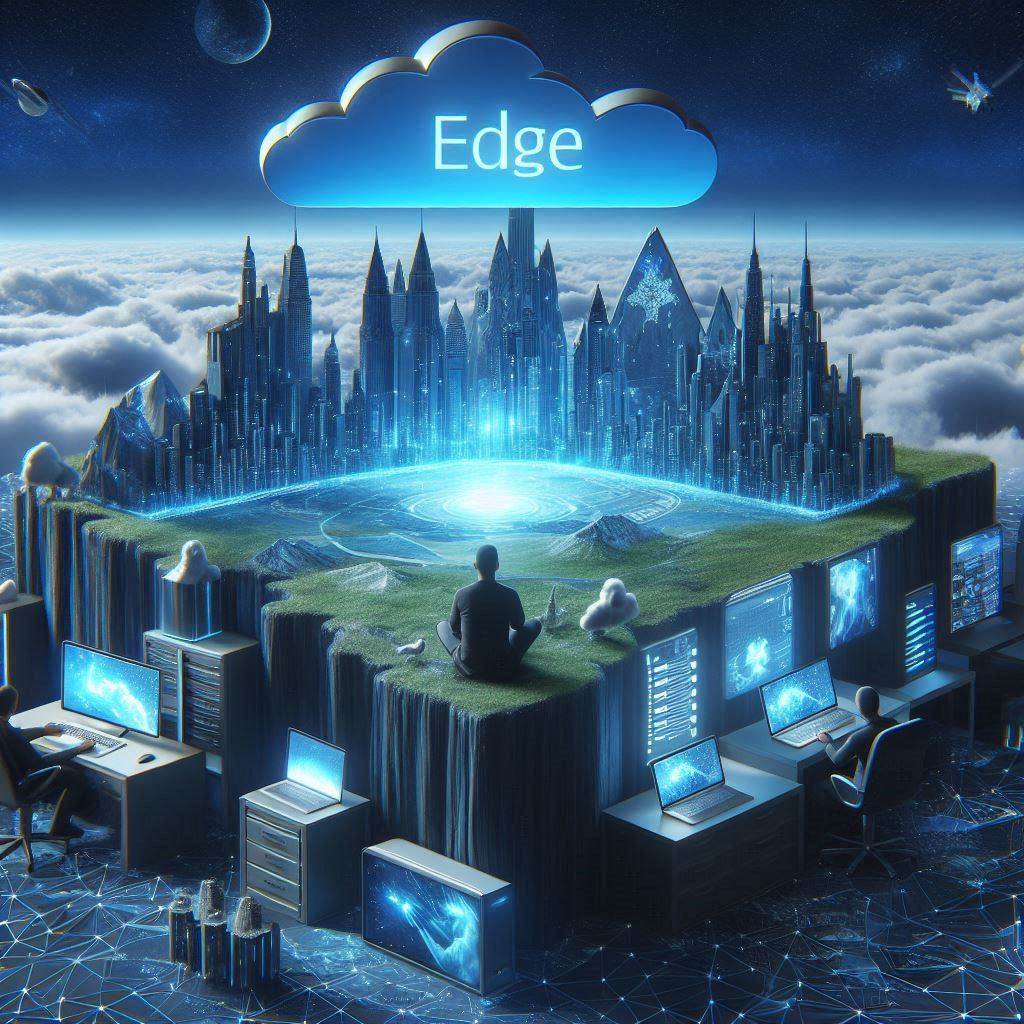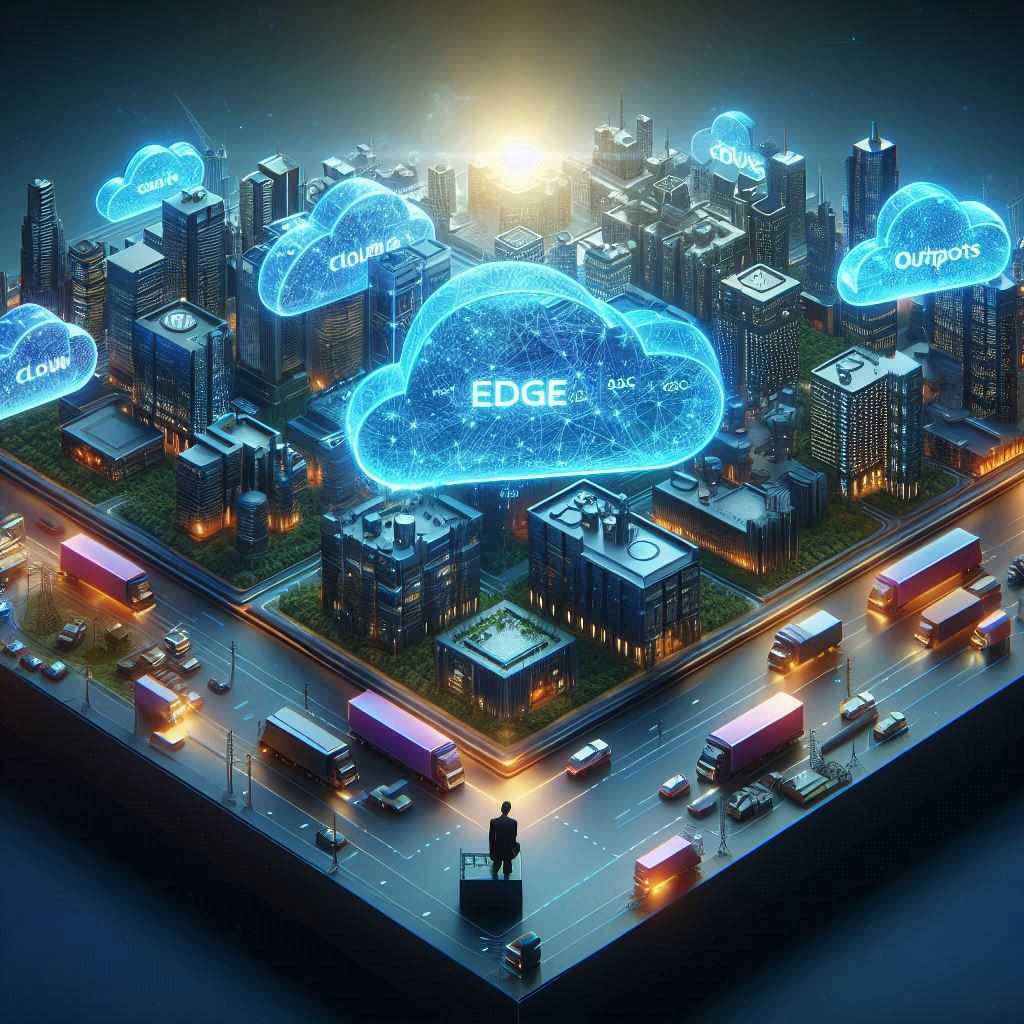If traditional SaaS were a royal kingdom in the sky — where all decisions are made in a distant, glittering capital (the cloud) — then edge computing is like building strategic outposts at the borders, empowering local governors (devices) to make fast, localized decisions without waiting for orders from the throne.

In simple terms: SaaS brought intelligence online; edge computing brings it nearby — next to where data is born.
Lighthouse and the Sea
Think of a ship in a stormy sea. Cloud-based SaaS is like a central lighthouse guiding ships from afar. But what happens when the fog is too thick or the response too slow? Edge computing becomes a thousand lanterns lining the shore — making real-time navigation possible, even in the dark. It doesn’t replace the lighthouse — it extends its wisdom to every coastline.
Istiray: Brain and Reflexes
But if you accidentally touch a hot pan, your hand doesn’t wait for the brain’s permission — your spinal cord triggers a reflex. Edge computing is that spinal reflex in SaaS: fast, local, intelligent — reducing dependency on central command for time-sensitive actions.

Why Edge Computing Matters in SaaS
In traditional SaaS, data travels to the cloud, is processed there, and then returns with a response. But in edge-enhanced SaaS, data is processed right at the edge — closer to where it’s collected (on devices, routers, or micro-data centers). This results in:
- Reduced latency
- Better real-time decision-making
- Lower bandwidth costs
- Higher data privacy and security
Q&A: Exploring the Edge of SaaS
Q: What types of SaaS applications benefit most from edge computing?
A: Any SaaS platform dealing with real-time interactions, especially those in:
- IoT and smart homes
- Telemedicine
- Industrial automation
- Autonomous vehicles
- Retail analytics
These are not just software problems; they are time-sensitive realities. In such cases, even milliseconds matter.
Q: Doesn’t edge computing complicate SaaS architecture?
A: Like adding mirrors to a telescope, it adds complexity, but also depth and clarity. Smart SaaS providers use microservices and containerization to deploy edge modules — creating a layered brain where the cloud handles strategy, and the edge handles tactics.
Q: Is this the end of cloud-based SaaS?
A: Not at all. The cloud is still the kingdom. It’s the cavalry, not the castle. Together, they offer a hybrid vision: cloud for orchestration, edge for action.
The Roman Empire and Its Roads
In the Roman Empire, roads stretched from Rome to its farthest provinces — allowing orders to travel, but slowly. Edge computing is like giving every outpost its own local senate, able to make regional decisions based on the emperor’s long-term strategy.
Likewise, SaaS no longer has to centralize everything. It can delegate intelligence, just as empires delegated power to survive across continents.
Final Thoughts: The New Frontier
Edge computing is not an enemy of SaaS — it’s its evolutionary partner. Like giving your software legs and ears, it allows applications to respond, sense, and act in the moment. It doesn’t just shorten the distance between data and decision — it erases it.
The companies that master edge-enhanced SaaS won’t just build software — they’ll build real-time ecosystems, where the difference between knowing and doing is measured in microseconds.




